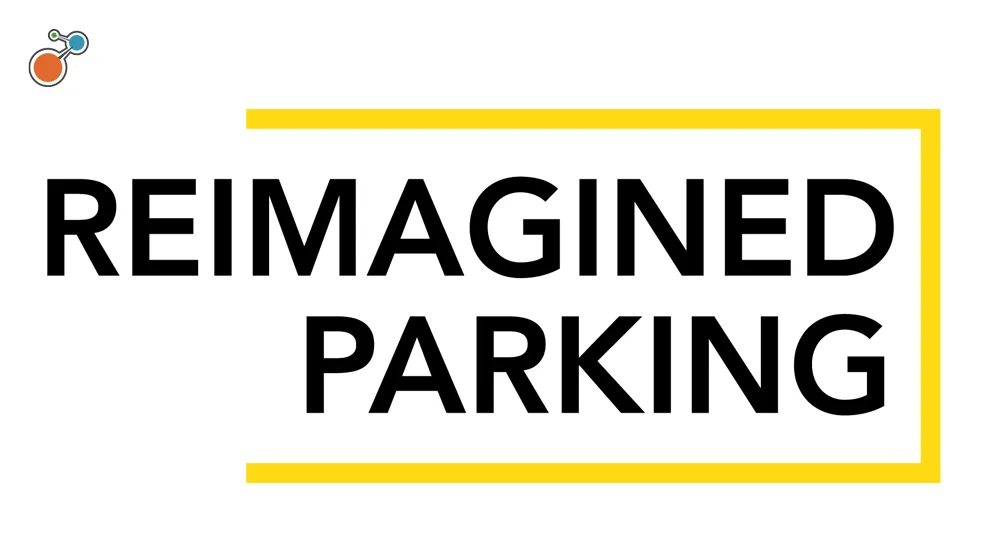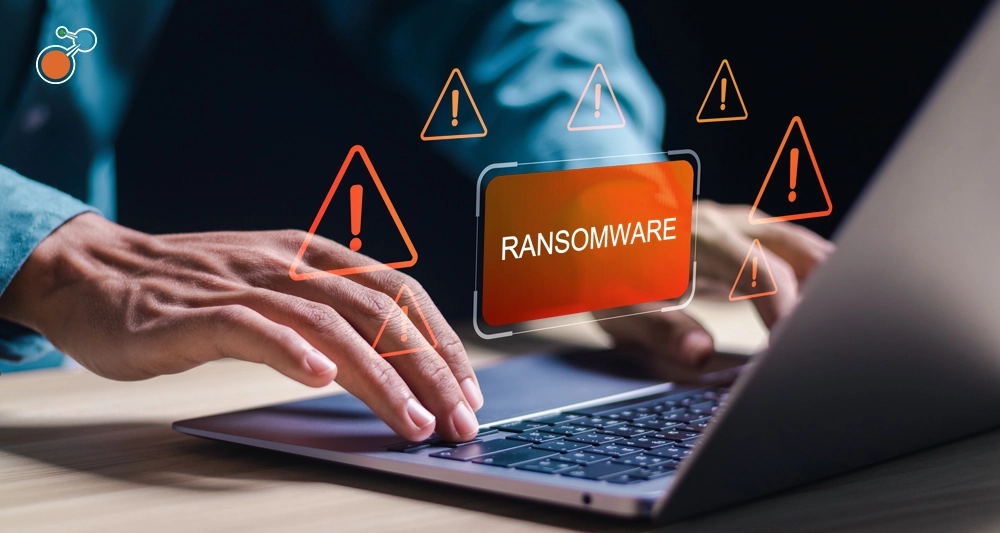By John Bonner, VP of Product Strategy, LineSlip
The pace of business has never been faster. M&A deals close in weeks, supply chains pivot overnight, and cyber threats emerge daily. In this environment, risk leaders must move from reactive gatekeepers to strategic advisors who can assess exposures and guide critical decisions in real-time.
Yet many insurance-focused risk teams remain stuck in manual processes, chasing data across spreadsheets, PDFs, emails, and broker portals instead of analyzing it. The result? Risk management becomes a bottleneck rather than a business accelerator.
The Hidden Cost of Fragmented Insurance Data
Consider this scenario: Your CEO asks for an immediate assessment of your organization’s total risk exposure following a potential acquisition. How quickly can you provide a comprehensive answer?
For most risk teams, this request triggers a familiar scramble:
- Pulling policy documents from multiple broker portals
- Reconciling policy data across spreadsheets
- Manually calculating retention amounts
- Cross-referencing claims history from various systems
The result: What should take hours stretches into days or weeks. Inconsistent, incomplete and inaccurate data spread across multiple operational systems often causes risk managers to make business decisions based on gut feel rather than analysis.
This data fragmentation doesn’t just slow response times – it fundamentally limits risk management’s strategic influence. When leadership needs fast, reliable insights for high-stakes decisions, manual processes simply can’t deliver.
Building Your Connected Risk Ecosystem
 The solution lies in creating integrated workflows that automatically consolidate key data sources. Unfortunately risk managers face many challenges in achieving this objective:
The solution lies in creating integrated workflows that automatically consolidate key data sources. Unfortunately risk managers face many challenges in achieving this objective:
Data sources. One of the most difficult parts of a data management project is determining which data sources will need to be accessed. A comprehensive risk management system should be able to process and integrate information from a variety of sources, including front- and back-office applications, such as policy administration, billing, claims, and HR. The non-traditional data sources required for risk analysis add even more complexity. Risk managers must now integrate data about company assets, market quotes for traded securities and other economic risk factors.
Data formats. Another data challenge facing risk departments is the wide variety of formats. Data may be stored in relational databases, flat files, outdated database formats, XML or other formats. Additionally, some of the relevant data may be unstructured, freeform text, or even video and images. Once the data has been identified, insurers must decide how to extract the data and where to store it.
Data location and collaboration. The obstacles imposed by these siloed approaches are painfully obvious to companies as they try to gain a better understanding of their business. The need to share data across the organizations, geographies, and business functions has moved data integration initiatives to the forefront of risk and IT departments.
There are many examples where data defects and inaccessibility to data can result in increased operational costs, higher insurance premiums and even missed revenue opportunities. Clearly, there is a business case for creating a single, unified environment for integrating, sharing, and centrally managing risk data. It can not only reduce data redundancy and improve data integrity across the enterprise but can also improve risk decision making and operational efficiency.
Taking Your First Steps Toward Integration
Ready to move from manual processes to strategic leadership? Start with these essential diagnostic questions:
- Data location audit. Where does your insurance data currently live? How many different systems or files do you retrieve weekly? What third-party data sources do you access?
- Time assessment. What percentage of your time is spent gathering and cleansing data vs. analyzing information?
- Data structures. How many different data structures do you utilize? How standardized is your data?
- Reporting reality check. How many reporting tools are you using? How quickly can you generate an executive-ready TCOR report today? Are you charged a greater premium by the insurers because of poor quality data?
The Business Impact of Better Data
Organizations that successfully integrate their insurance data report measurable improvements across multiple dimensions:
 Operational efficiency
Operational efficiency
- 85% reduction in time spent on data gathering
- Automated report generation in minutes vs. weeks
- Elimination of manual data entry errors
Strategic decision-making
- Real-time TCOR visibility for budget planning
- Data-driven renewal negotiations with carriers
- Faster response to executive information requests
Risk program optimization
- Enhanced ability to identify cost-saving opportunities
- Improved carrier relationship management
- Better-informed risk retention vs. transfer decisions
The Path Forward
Insurance risk management is evolving from a back-office function to a strategic business driver. Organizations that embrace this transformation – by connecting data, automating processes, and activating real-time insights – position their risk teams as essential business partners.
The technology exists today to eliminate data silos and accelerate decision-making. The question isn’t whether to modernize your approach, but how quickly can you implement integrated solutions that help your organization move at the speed of business?
The bottom line: It is often said that data is the lifeblood of risk management. However, it’s not about how much data; it’s about how smart you are with that data. In an era where competitive advantage comes from speed and precision, risk leaders who unlock their data will unlock their strategic potential.
Want to learn more about building an integrated risk management ecosystem? Check out the integrated LineSlip + Riskonnect solution.
LineSlip is part of PartnerKonnect, Riskonnect’s fast-growing, global network of partners delivering value-added services, integrations, and customized solutions to some of the world’s most prestigious organizations.




